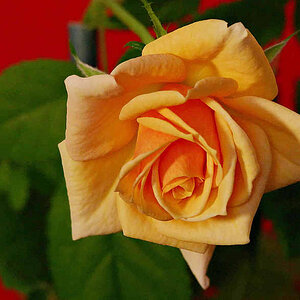gregtallica
No longer a newbie, moving up!
- Joined
- Dec 29, 2011
- Messages
- 389
- Reaction score
- 66
- Location
- Salt Lake City
- Can others edit my Photos
- Photos OK to edit
Again, speaking as an on-looker rather than an expert - the mailboxes are fine, but the horizon line looks really crooked. Not too bad for not having quick access to any big exciting landscapes in the neighborhood.
Now I'll let the pros chime in, this is just a fun thread to follow.
Now I'll let the pros chime in, this is just a fun thread to follow.


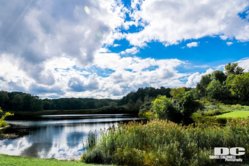
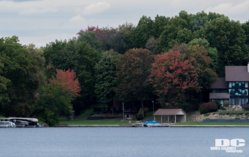
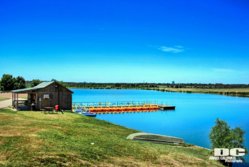
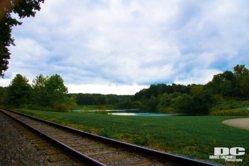
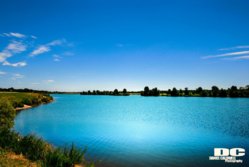

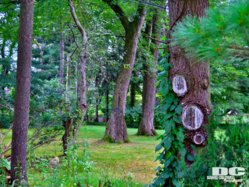
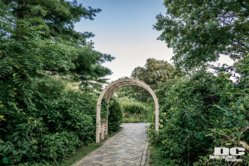

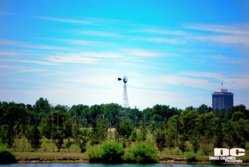
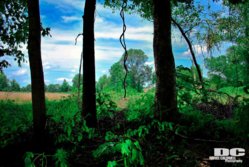
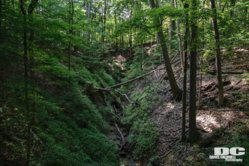



![[No title]](/data/xfmg/thumbnail/34/34065-43f99c081a04bd087c00711d2fe010ee.jpg?1619736261)
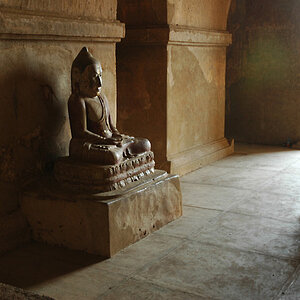
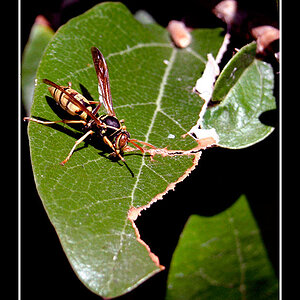
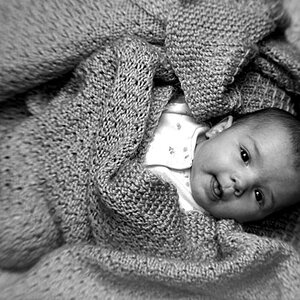

![[No title]](/data/xfmg/thumbnail/36/36668-ac1cd3882e96edd642d568c48ed3e7a5.jpg?1619737676)
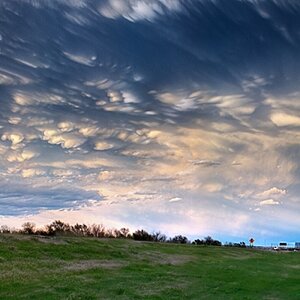
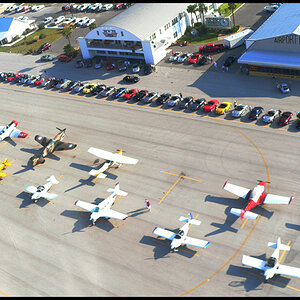

![[No title]](/data/xfmg/thumbnail/34/34062-c0c9c0a752bc1af58237eff1ec850163.jpg?1619736259)
